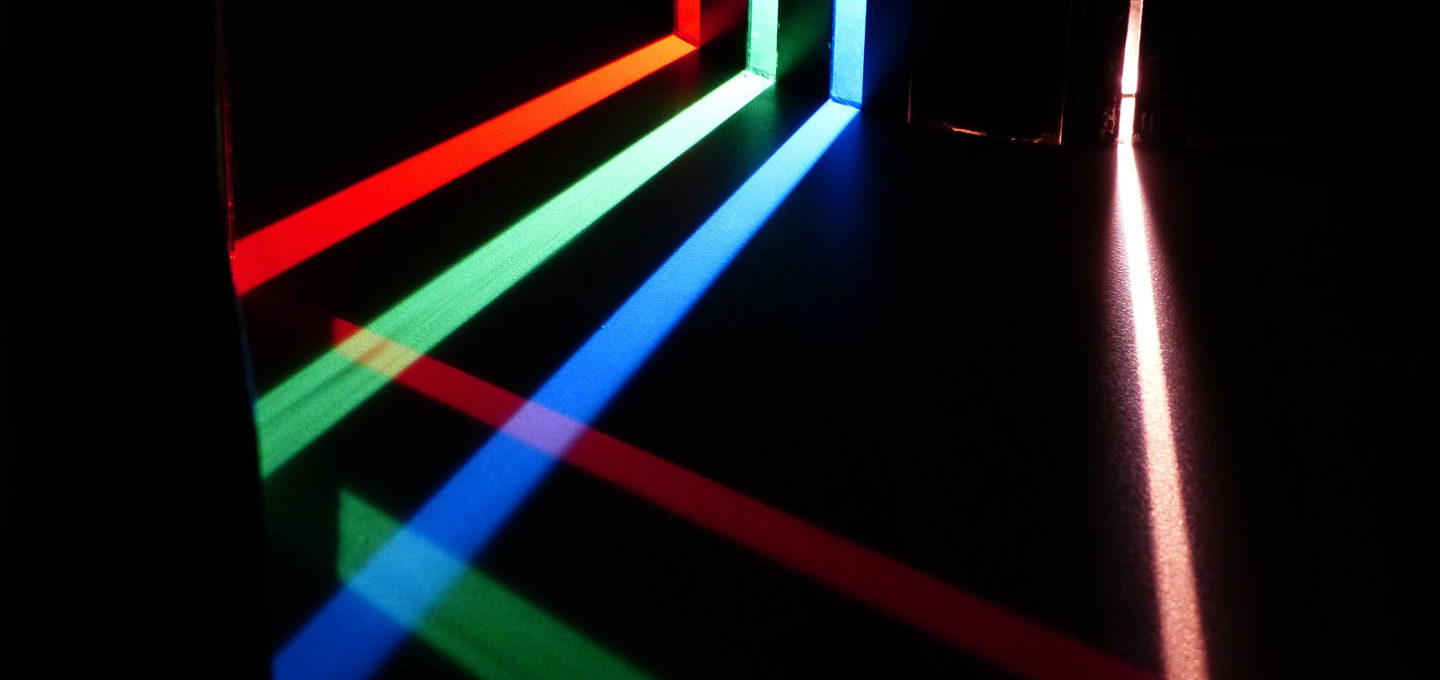Do you know how a rainbow is made to look the way you see it? When it rains, the raindrops split a beam of white sunlight into colored lights of rays, it bends the one colored in blue more than the ones colored in red, and the red ones make a well-known arc in the sky. The rain is a method of separating sunlight. However, scientists also have their ways of separating their components, turning them into beams of particles, and then making them bend using electricity. Some scientists may use a device known as a mass spectrometer. Many would wonder what a mass spectrometer is and some of its uses.
A mass spectrometer is a device in the laboratory used to measure the relative atomic masses of molecules and atoms. Working with a mass spectrometer is usually automated and requires some steps to take place in a specialized vacuum chamber.
The process of separation
The sample is ejected inside the vacuum, either as vapor or gas. An electron inside produces a beam of electrons with sample atoms. By removing electrons, ionizes them; this process is known as ionization. The ions shoot out from the vacuum chamber into an electric field, which makes them accelerate. The ion beam then shoots into a magnetic field; the particles in motion with an electric charge enter the magnetic field and bend there in an arc position, with lighter particles bending more than heavy ones. The ions are split into a spectrum with each different ion bending type according to its mass and its electrical charge. The spectrum pattern shows the number of ions that have arrived with their different masses; all this is recorded using a computerized electrical detector. However, this information can be used to identify the atom’s availability in the original sample.
The process may be too long, especially with lots of samples. However, with agilent icp-ms, the process becomes more comfortable as its mass spectrometer combines the hardware, the tools, and present different methods to simplify the final analysis.
Application of mass spectrometry
The introduction of mass spectrometry has led to the expansion of different fields of science. However, some of the ranges can be well known to you or unknown, here are some of the fields: Metabolomics snapshots, biomarker discovery, biologics front screening, forensic lab, newborn screening, the taste of food, geology, space science, biomarker discovery, and lastly, genomics and epigenetic applications.
These are not the only applications because, as technology advances, there are many more applications to come. However, there is a lot of misconception about mass spectrometry and its usage. It is usually imagined as a vast instrument; the sample analysis and this technique have many challenges which is normal with any new advancement in life.
As technology is advancing, mass spectrometers will be used by many people and not only scientists. However, it requires having a high accuracy on the output. Choosing Agilenticp-ms is a chance to work with a mass spectrometer that will offer you high precision, especially when working with many samples.

